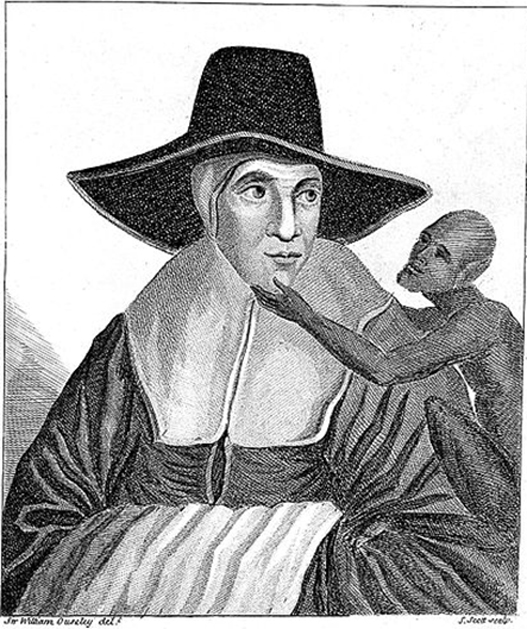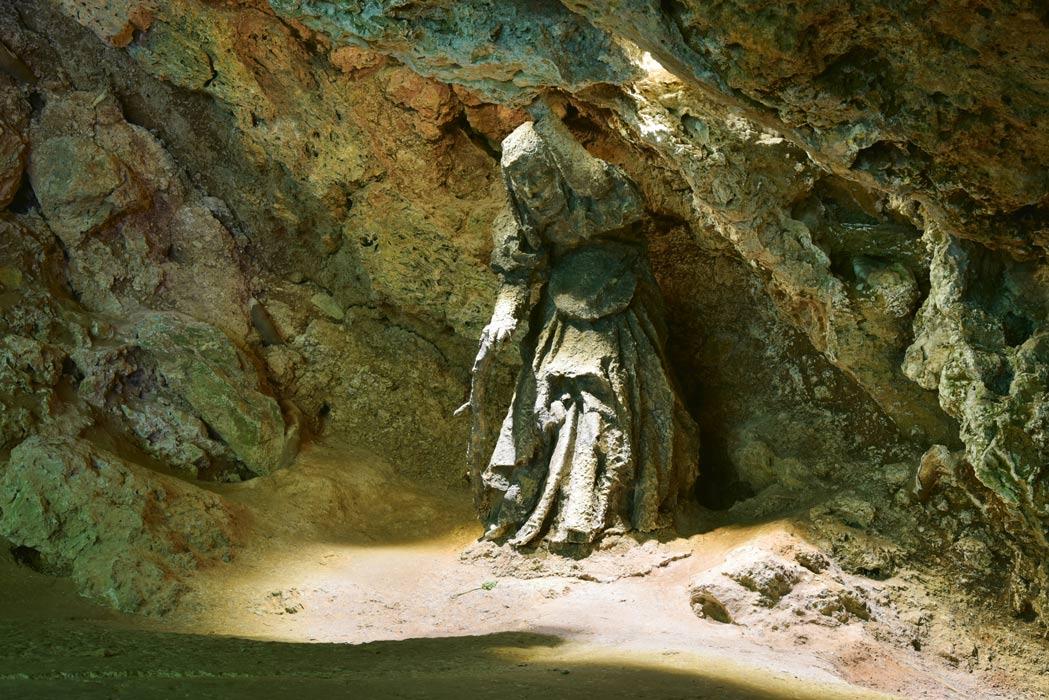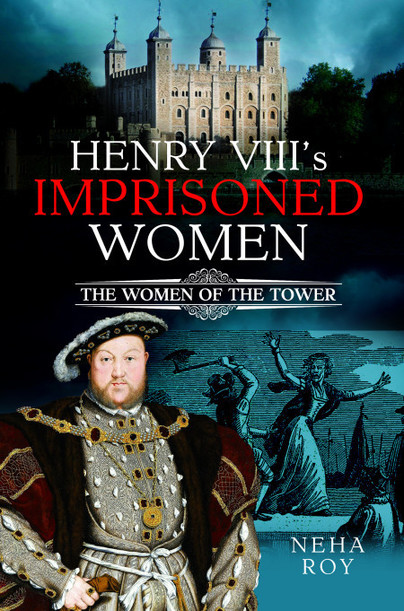Witch Week – The Witch in a Cave: The Life of Mother Shipton
This week on the Pen and Sword blog we’re focusing on the history of witches and witchcraft. Here’s our first guest post from author Neha Roy.
While researching for ‘Henry VIII’s Imprisoned Women: Women of the Tower’, I came across the story of Ursula Southeil aka Mother Shipton. For obvious reasons, I couldn’t include a chapter about her in my book but was searching for an opportunity to write an article about her. The content call from Pen and Sword presented me with just what I wanted: a chance to pen down the life of an interesting yet hitherto relatively unknown person who lived through the reigns of all the five Tudor monarchs.
Before I get down to describing the life of Ursula – her birth, her growing up years, and her prophecies – it is essential to know about witchcraft during the Tudor era.
Witchcraft was a serious crime during the reign of the Plantagenets with many an illustrious person being condemned by the taint of sorcery and unnatural and, therefore, unlawful magic. Some famous examples included the former Queen of England, Elizabeth Wydeville, and her mother, the Duchess of Bedford, Jacquetta Wydeville. Jacquetta was even arrested for a brief period of time by Richard Neville, Earl of Warwick, to answer to the charges of perpetuating the marriage of King Edward IV with her daughter through sorcery while Elizabeth was condemned as a witch and her children branded as illegitimate by her own brother-n-law, Richard, Duke of Gloucester who later took the throne as King Richard III. It was King Henry VII, who defeated Richard III in the Battle of Bosworth and became the first Tudor monarch, who restored the family to their erstwhile status.

The Tudors, however, were a more accepting lot when it came to prophecies and soothsayings. King Henry VIII nurtured an active interest in astronomy and one can see his astrolabe even today at the British museum. However, as seen in the case of Elizabeth Barton (more about her in my book), King Henry VIII was also quick to slap the charge of witchcraft and sorcery in case the prophecies did not align with his opinions and decisions. He had even accused Anne Boleyn, his second queen, of unnatural sexual urges during her downfall; although no charges of witchcraft was brought against her. Let us now come back to our subject: Mother Shipton. She was born Ursula Southeil to a 15-year-old Agatha on a dark, stormy night in a cave in Knaresborough in 1488. Despite probably being asked innumerable times, Agatha resolutely refused to divulge the name of the child’s father. Rumours about Agatha and her mysterious daughter spread like wildfire with many describing the child as ugly to look at with deformed features. It does not come as a surprise that Agatha was believed to be a witch who had apparently lain with the Devil to conceive the child! Consequently, the mother and daughter were shunned and were compelled to live in the cave in the forest.
Alone and without any sympathetic soul offering any kind of support, Agatha brought up little Ursula in the cave which was along the River Nidd. Two years later, help arrived in the form of Abbott of Beverly who, after transferring the care of Ursula to a local family, sent Agatha to a distant nunnery in Nottinghamshire. This was the last time Agatha saw her daughter as she would die a few years later. However, rumours and gossip would not leave Ursula even after the Abbott’s move due to her witch-like appearance (a twisted body and a crooked nose) and her peculiar behaviour.
People accused her of bewitching them if they dared to cross her or anger her in any way. Seemingly unfazed, Ursula kept to herself and often went wandering in the woodlands, exploring the various plants which, in turn, helped sharpen her potion-making skills. This had a positive effect as Ursula’s fame as a healer spread wide and, very soon, the locals began approaching her in a bid to find and obtain some remedies for many maladies. She soon met a carpenter named Tobias Shipton and the two were married and Ursula was now known as Mother Shipton. A month after their marriage, Ursula helped a local woman retrieve her stolen clothing and also catching the thief who, mysteriously, came and handed over the stolen goods to Mother Shipton herself, all the while singing ‘I stole my neighbour’s smock and coat. I am a thief.’ However, good times do not last for long. Barely two years after their marriage, Tobias died and fingers were once again pointed at Ursula at the mysterious turn of events. Ursula was a social pariah once again and she went back to live in the same cave where she had once dwelled in with Agatha.

She continued making potions and helping the locals from her cave. In addition, she also made some predictions (about a windmill being set on a tower and the fall of a Church’s steeple on a bridge during a storm) which eerily came true adding to the mystifying aura that surrounded her. Her fame spread far and wide, even reaching the ears of King Henry VIII who referred to her as a ‘witch from York’ in a letter to the Duke of Norfolk. She even predicted Cardinal Thomas Wolsey’s fate when he fell out of favour with the king. Her predictions of the Dissolution of the Monasteries, the Great Fire of London and many others catapulted her into new heights of fame.
Mother Shipton, who died at the age of seventy-three, remained an incomprehensible and an enigmatic person till the very end and her legacy lived on for many years post her death. Her prophecies were published in 1641 and the cave where she lived for most of her life is a major tourist destination and can be visited even today.

NEHA ROY is the author of Henry VIII’s Imprisoned Women, coming January 2023. Pre-order here.

